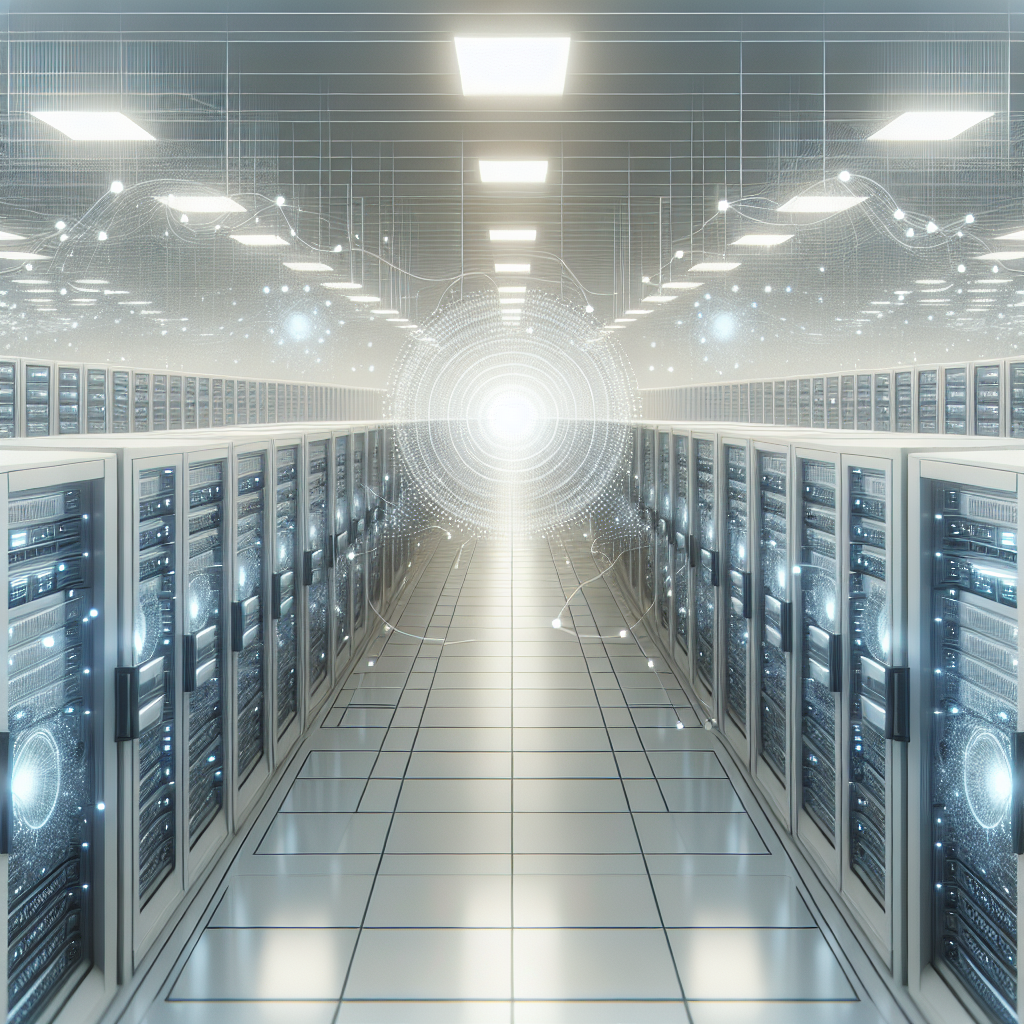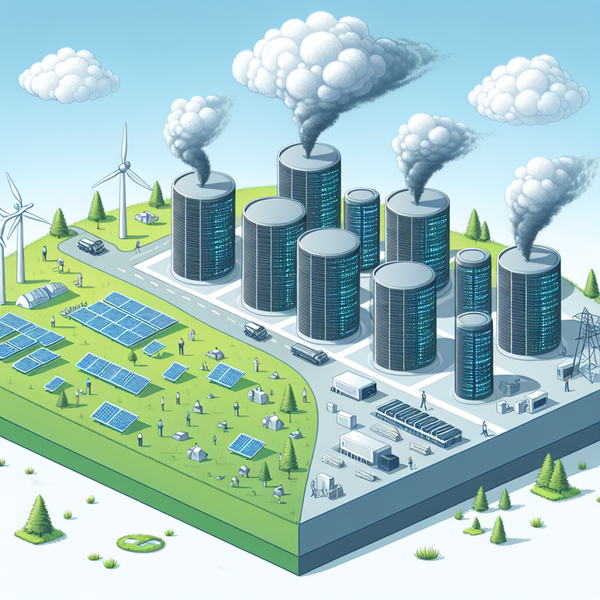AI Datacenter Energy Demand Projects 160% Increase by 2027

Rising Energy Demands Driven by AI and GenAI Expansion
The demand for energy within data centers is projected to escalate at an unprecedented rate over the next few years, largely fueled by the integration of Artificial Intelligence (AI) and Generative AI (GenAI) technologies. According to insights from Gartner, AI-driven data center energy consumption may see a startling 160 percent surge by 2027, placing an enormous strain on existing energy grids.
Impact on Existing Infrastructure
Gartner’s projections indicate that by 2027, the amount of energy necessary to operate AI-optimized servers could reach 500 terawatt-hours annually, marking an increase by a factor of 2.6 from 2023. This anticipated growth raises significant concerns about operational constraints across 40 percent of existing facilities, impacted by inadequacies in power availability. Analyst Bob Johnson from Gartner highlights the potential disruption this expansion poses to energy supply consistency and data center growth, especially in the wake of the prolific establishment of hyperscale data centers over recent years.
Industrial and Environmental Implications
The strategic and financial implications of this trend are immense. Omdia's analysis suggests a 30 percent uplift in capital expenditure on data centers as early as 2024, attributing this spike to the prioritization of AI workloads. Simultaneously, IDC anticipates a substantial escalation in both the capacity and the energy demands, accompanied by a notable rise in greenhouse gas emissions. IDC predicts that data center capacity could grow at a compound annual growth rate (CAGR) of 40.5 percent through 2027, triggering significant concerns about environmental impacts.
Challenges and Potential Solutions
This looming energy challenge is not confined to particular geographies but represents a global issue. IDC has modeled potential future scenarios reflecting rising electricity costs in key markets like the United States, Germany, and Japan, forecasting increases exceeding a 15 percent CAGR. Energy executives, such as Siemens’ Karim Amin, underscore the urgency of increasing global energy generation and transmission capacity to meet the rapidly rising demand for power driven by ambitious data center development plans.
Industry experts have long projected these challenges. Companies like Schneider Electric have proposed on-site energy generation solutions, although these pose their own set of challenges and dependencies. Such solutions might include the deployment of gas turbines in the short term, with nuclear energy being a favored option for long-term sustainability. Steven Carlini, VP of Innovation and Datacenter, suggests this bifurcated approach as a means to balance near-term needs with future energy sustainability and efficiency.
Strategic Adaptations Across the Sector
Analyses from Bain & Company also underscore the precarious state of energy supply, particularly in the United States, where demand threatens to outpace supply imminently, mandating a rapid evolution in energy strategy towards accommodating burgeoning data center requirements. Moreover, political developments and regulatory environments, such as those affecting nuclear data center projects from major tech firms like Amazon and Meta, further complicate strategic planning.
These complexities echo across various energy projects, underscoring the necessity for novel strategies and innovations in data center energy management and deployment. As the demand for AI capacity continues to surge, stakeholders are prompted to reevaluate and innovate energy generation and utilization to align with evolving industry and environmental standards.




